The night does not deal the cards, it is the card. It can come to the rescue or paralyze entire troops. It’s a card of fear – not so much of the darkness itself, but of helplessness in defense. That’s why the cards are dealt by the one who can still see when the lights go out.
From “Vampire” to VR games. From battalions that attack under the cover of tanks to soldiers in $20,000 high-tech suits attacking under the cover of night. Night vision changes the rules and shows that the soldier’s safety becomes crucial. As the old saying goes: in the land of the blind, the one-eyed man is king.
Night vision in Hitler's army
1944, Eastern Front. The prototype of the first-ever Zielgerät 1229 (ZG.1229) “Vampire” night vision device appears on German sniper rifles. Their night hunting sows not only death, but also fear in the Soviet ranks.
“Vampire” is also mounted on MP-44/1 assault rifles and MG34 machine guns. The night vision kit itself weighs 2.5 kg, but must be powered by two batteries in separate wooden bags carried by the soldier. One battery supports the telescope, and the other, weighing 15 kg, supports the infrared illuminator. The system is therefore large in size and small in range – only 100 meters.
Night vision on tanks
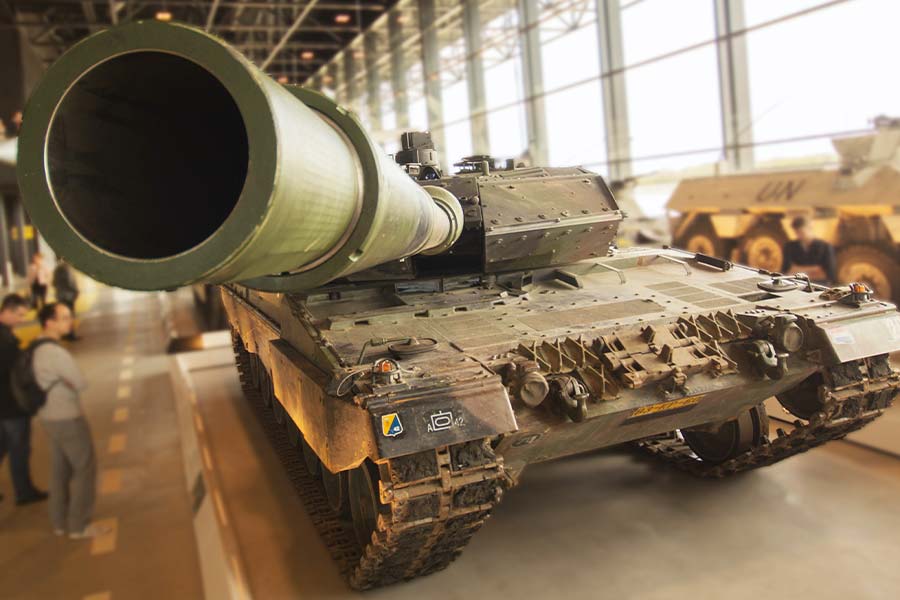
The year 1945 – Operation Spring Awakening. The speeding Soviet army faces the armored troops of the Third Reich. By day they ram everything in their path, but at night it is Hitler’s army that pulls an ace out of its sleeve – a prototype of night vision dedicated to tanks.
“Out of sleeve” is a bit of an overstatement. Developed by the AEG Company, the Sperber FG 1250 system has such low sensitivity that tanks must be accompanied by SdKfz 250/20 armored vehicles, on which Owls – six-kilowatt infrared illuminators – ride. Any tank maneuver or sudden flare can destroy the entire system. But the Russians are so surprised by the Nazis’ night vision that they are unable to react.
The war in Ukraine – the fourth pillar of defense: night vision
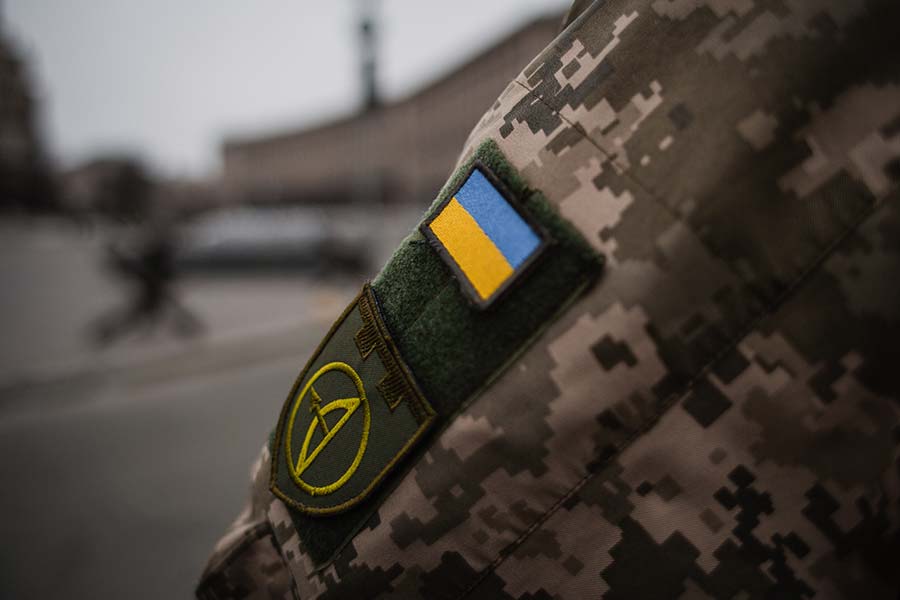
State-of-the-art anti-tank weapons, good logistics and decentralized command are three areas that have kept Ukraine from allowing Russia to significantly shift its front toward Kiev for a year. In the Ukrainian army, day-to-day decisions are made by officers on the battlefield, not the general staff. Russian soldiers, on the other hand, get their orders from the very top and wait for them for about 48-72 hours, even though the situation becomes outdated in the meantime.
Western countries’ night vision for Ukraine
It is night vision, however, according to war analysts and the military itself that could become the next pillar of Ukrainian defense. Currently, night is not conducive to either, and night vision in the Ukrainian military is not common. And that’s why Kiev is counting heavily on help from Western countries.
Even if Moscow decides to equip each of its soldiers with such equipment, its industry does not have the technology to do so. Meanwhile, if the West – following in Norway’s footsteps – sent a large number of its night vision devices to Ukraine, the Ukrainian army would be completely dominant at night after two to three weeks of training.
Private night vision devices in the Ukrainian military
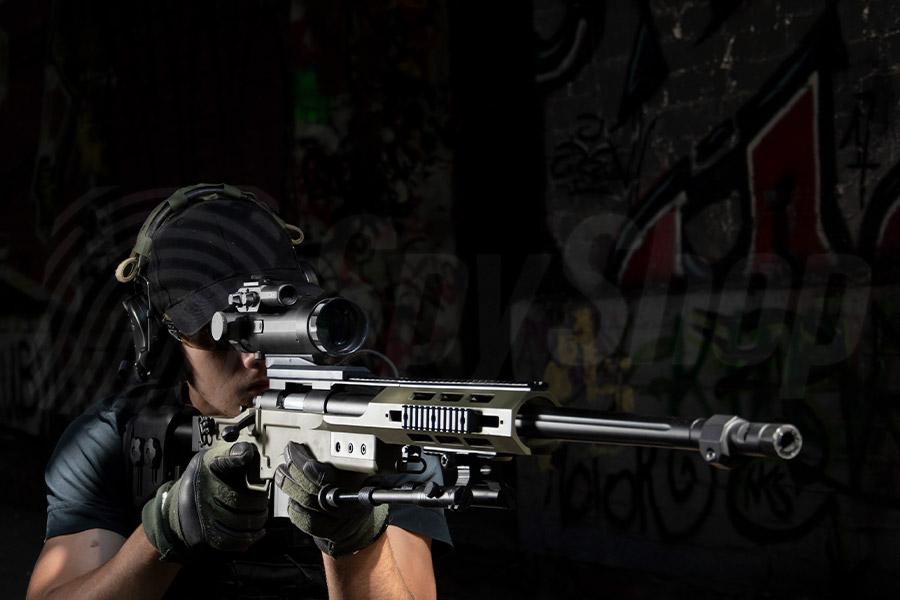
Already, in guerrilla drone attacks, Ukrainians have time and again bombed Russian units that are unable to see in the dark. Even when said guerrillas are hobbyists with amateur equipment.
How important night vision is for soldiers on the front lines is shown by the number of fundraisers being held for the equipment. They are organized by Ukrainian social and paramilitary organizations, and sometimes even by relatives of soldiers and volunteers fighting on Kiev’s side.
US Army: "The night belongs to us"
May night 2011 – US commandos slip into bin Laden’s villa. Darkness reigns. A new moon, a power outage on the property – there are no coincidences here. Through several decades of international missions and three generations of night vision devices, the Americans have stayed ahead of the rest of the world. They conduct their most strategic operations after dusk, repeating after Secretary of the Navy John Lehman – “The night belongs to us.”
Not only specialized units, by the way, but also regular soldiers can see in the dark. With this the Americans won as NATO units in Bosnia and Kosovo in the 1990s, where they patrol the provinces day and night. Night vision saves the lives not only of civilians, but also of the soldiers themselves.
The end of US night vision dominance
However, while the single commando action in 2011 is an example of night operations on a micro scale, night vision in the US military has been suffering from technological stagnation for years then. And with them the soldiers.
The war in Afghanistan, from 2001 to 2021, shows that the dimension that previously only Americans had access to does not have such high thresholds. On the other side, the Taliban are also stocked with night vision devices – either captured or from the black market. According to the New York Times, the number of night attacks by Islamic militants is doubling between 2014 and 2017. U.S. troops are not prepared for this, especially at remote outposts where the Taliban sneak in after dark. Suddenly the night is green for everyone.
It’s not until 2021 that the U.S. Army brings night vision goggles straight out of VR games – as Israeli manufacturer Elbit Systems calls them. The ENVG-B night vision goggle is combined with thermal imaging and shows augmented reality. The world, however, is no longer waiting for the Americans.
China and the future of night fighting
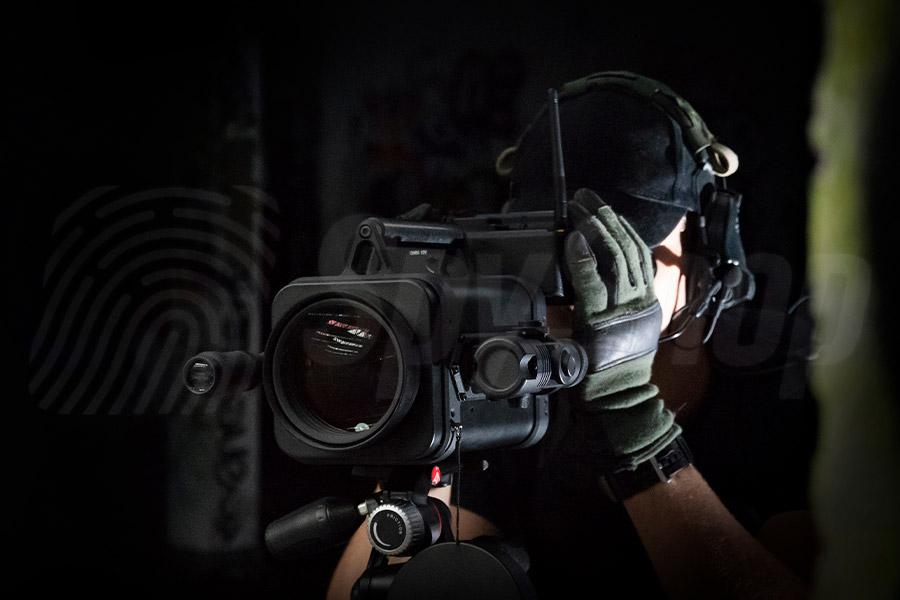
December 2020 – China’s military is conducting an exercise that brings night vision in the military closer to video games. Soldiers equipped with multifunctional helmets with night vision and the IFF – Goggles system recognize “their own” and “enemies”, mark them on the battlefield and send information to command in real time.
They are also used to communicate with each soldier individually, relaying statuses about teammates and providing information about the battle. The future of infantry troops is augmented reality.
Night vision devices in the army – FAQ
Learn the answers to the most frequently asked questions!
What can’t a night vision device see?
Night vision goggles cannot capture an object that is behind fog, smoke or tall grass. However, the US Army’s state-of-the-art night vision goggles break these limitations by adding thermal imaging elements to the image.
Does night vision harm vision?
According to scientists, humans, of all colors, recognize the most shades of green – hence the color of night vision. However, all-night observation of green reality tires soldiers’ eyes, which is why state-of-the-art military devices – like the US ENVG-B – introduce new ways of displaying the image.
Does night vision work during the day?
Night vision amplifies weak reflected light – starlight, for example – but it can also be used during missions conducted in the evening, or even on dark winter days.
What is the range of a night vision device?
The latest night vision devices on military equipment allow observation from a distance of up to 500 meters, using only reflected light.




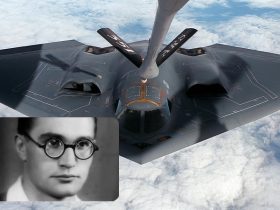

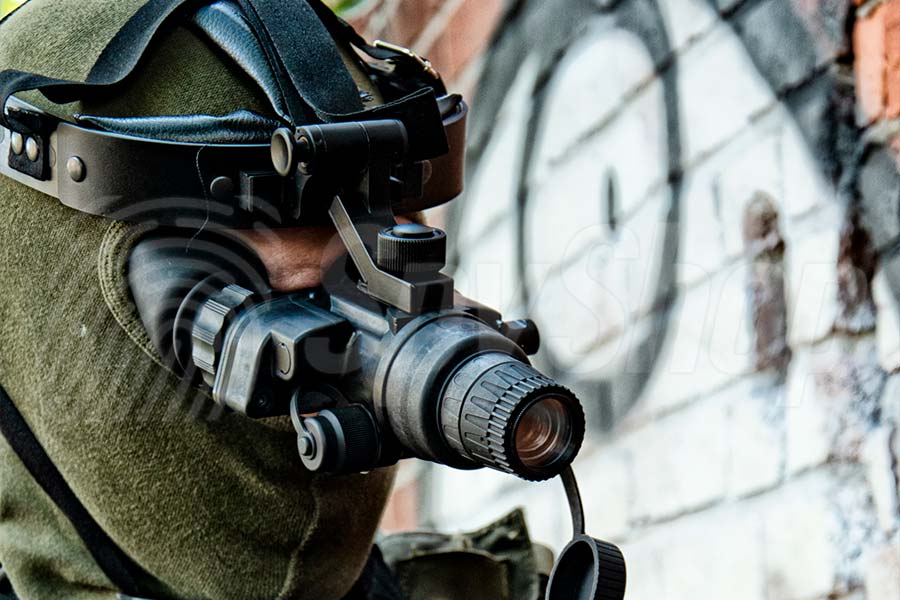

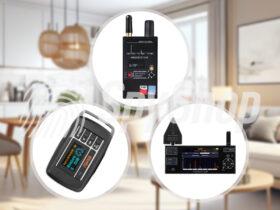


Leave a Reply